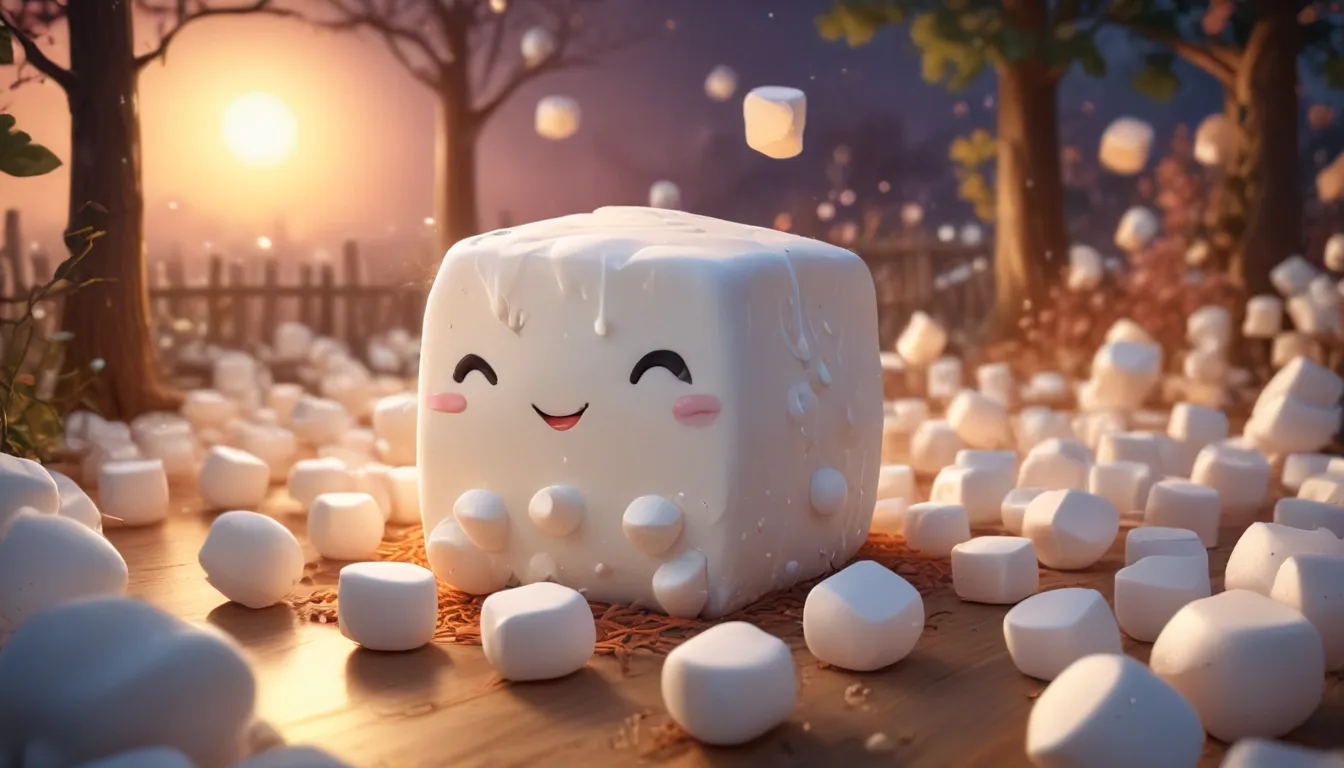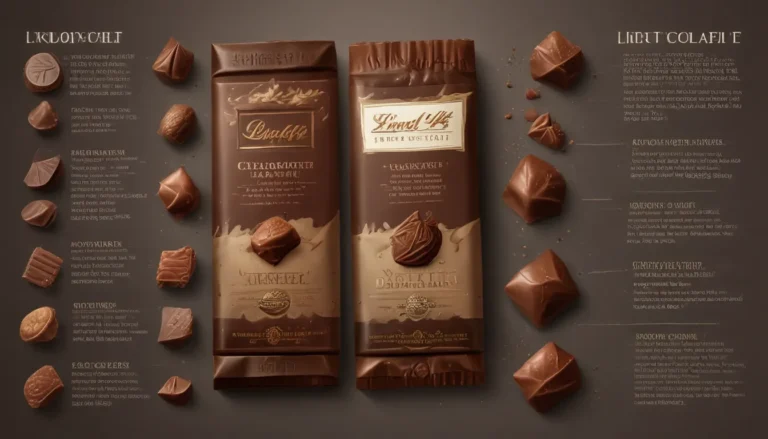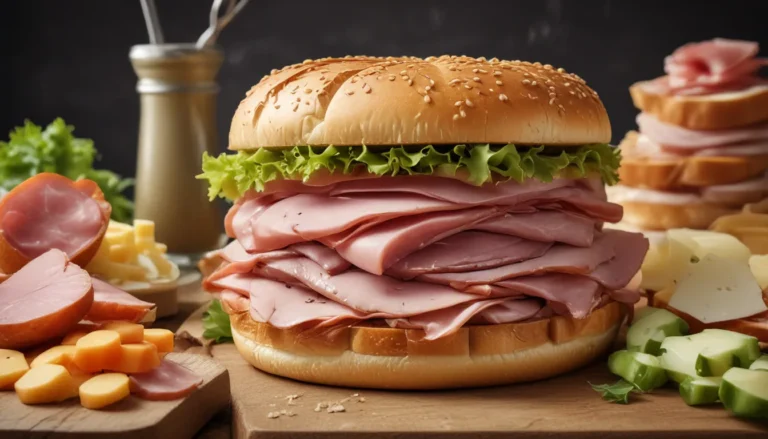The pictures in our articles might not always show exactly what the text is talking about. We use these images to make the article more interesting and eye-catching. They are there to add to the text, but not to replace it or show every detail.
Welcome to the delightful world of marshmallows! These fluffy, sweet treats have charmed their way into our hearts and desserts for centuries. From their ancient origins to modern-day manufacturing methods, there's so much to learn about these beloved confections. Join us on a journey as we uncover the intriguing facts about marshmallows and explore the secrets behind their creation.
The History of Marshmallows
Let's begin our exploration by diving into the rich history of marshmallows. Did you know that the earliest mention of marshmallows dates back to 2000 BC? These sugary delights have a long and fascinating past, with roots that can be traced back to ancient civilizations. The word "marshmallow" itself is derived from the mallow plant species, a herb native to Europe that typically grows in marshes and damp areas.
In Ancient Egypt, marshmallows were considered a luxury reserved for the gods and royalty. The thick substance made from the root of the mallow plant was not only a decadent treat but also used for medicinal purposes. The process of creating these early marshmallows was laborious and exclusive, making them a symbol of status and privilege.
The Making of Marshmallows
Have you ever wondered what goes into the creation of marshmallows? These fluffy confections are typically made from a blend of sucrose, proteins, and stabilizing agents like gelatin or egg whites. The aeration process plays a crucial role in giving marshmallows their signature light and airy texture. Additionally, various flavors and additives can be incorporated to enhance the taste of these sweet treats.
Traditional marshmallows consist of 30% sugar and 60% corn syrup, with modern recipes utilizing a mix of artificial ingredients for cost-effectiveness. Homemade marshmallows, on the other hand, offer a healthier alternative to store-bought varieties. By adjusting the recipe and storing them properly, homemade marshmallows can last up to three weeks at room temperature.
Marshmallows Around the World
While marshmallows are commonly associated with their classic white cylindrical shape, they come in a variety of forms and flavors. From colored and jelly-filled to coated and sprinkled, marshmallows can be enjoyed in countless ways. In France, a marshmallow alternative known as Pate de Guimauve offers a softer texture reminiscent of marshmallow creme.
In the United States, marshmallows gained popularity in the early 1900s with the development of the starch mogul system. This innovation revolutionized the mass production of marshmallows, making them more accessible to consumers. Roasting marshmallows over an open flame has become a beloved tradition in the UK and North America, adding a touch of nostalgia to outdoor gatherings and camping trips.
Fun Marshmallow Facts
Let's wrap up our marshmallow journey with some quick and quirky facts about these beloved treats:
- Marshmallows first appeared in the United States in the early 1900s, marking the beginning of their widespread popularity.
- The largest marshmallow in the world weighed a whopping 93.10 kg and was created by two men from the UK.
- Chubby Bunny, a game involving stuffing as many marshmallows into your mouth as possible, is a favorite pastime for marshmallow enthusiasts.
- Marshmallows contain a significant amount of air, giving them their fluffy texture and characteristic shape.
- According to the USDA, marshmallows are classified as food with minimal nutritional value, alongside sugary drinks and candy.
As you savor your next marshmallow treat, remember the sweet history and fascinating facts behind these delightful confections. Whether you enjoy them roasted over a campfire or mixed into your favorite desserts, marshmallows are sure to add a touch of sweetness to your day. Embrace the fluffy goodness and indulge in the magic of marshmallows!






